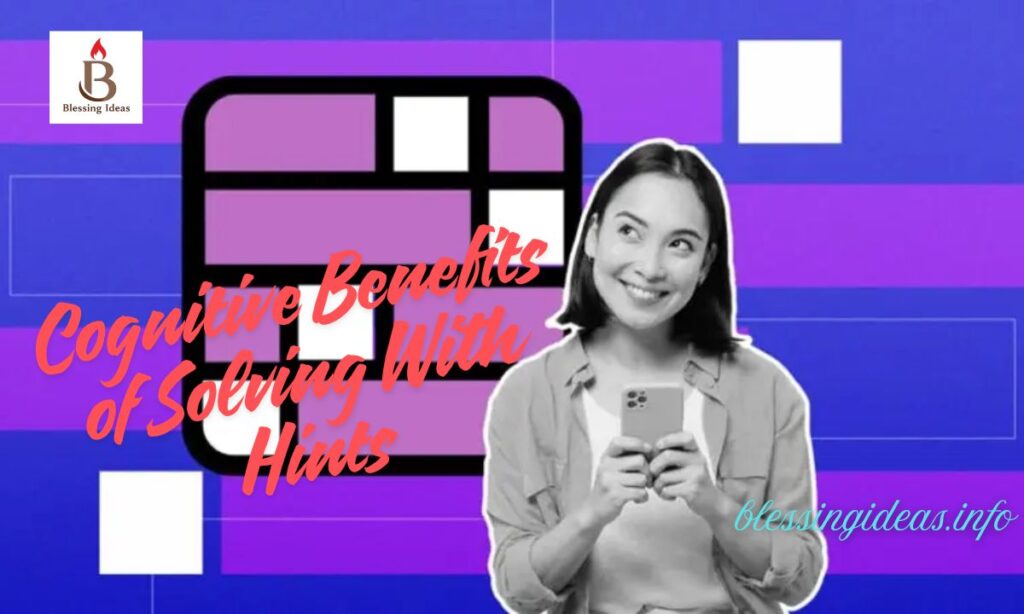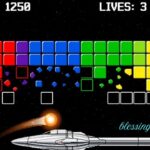Every morning, puzzle lovers turn to Mashable for their daily Connections hints. The New York Times Connections puzzle challenges players to group 16 words into four categories. Mashable provides smart hints that help without spoiling the fun.
Their three-tier system gives you control over how much help you need. You can start with gentle clues and progress to stronger hints if necessary. This daily guide has become essential for thousands of puzzle solvers worldwide.
What Is the Mashable Connections Hint System
The Mashable Connections Hint System is a helpful tool for puzzle solvers. It provides layered guidance without giving away complete answers. The system works through progressive levels of hints. Each level reveals slightly more information than the previous one.
Players can stop at any level once they understand the connection. This approach keeps the challenge alive while preventing frustration. The system respects your solving abilities and time commitment.
You choose exactly how much help you need for each category. Mashable never forces you to see more information than you want. The hints are designed to guide your thinking, not replace it. The hints are posted shortly after each daily puzzle goes live.
How the Hint Tiers Work
Mashable divides its hints into three distinct tiers. Tier 1 provides the most cryptic clue with minimal detail. This first tier gives you a broad starting point. Tier 2 offers clearer direction without revealing exact answers. It narrows down the theme significantly.
Tier 3 provides strong confirmation but still requires you to identify the specific words yourself. Each tier builds naturally on the previous one. You only progress through them when earlier hints aren’t enough.
This structure prevents accidental spoilers from ruining your experience. You maintain complete control over your solving journey. The tier system helps you learn pattern recognition skills. It teaches you to think differently rather than just finishing puzzles quickly.
Example of a Hint in Action
- Tier 1 Hint: “These four words relate to timing” – This gives you a broad starting point.
- Tier 2 Hint: “You might see them on calendars or clocks” – This narrows down the theme clearly.
- Tier 3 Hint: “They each refer to months in a year” – This almost confirms your guess.
- Your Action: You scan the 16 puzzle words looking for month names like March, April, May, and June.
- Final Result: You successfully group the four words together and move on to the next category.
Strategies to Use Hints Without Ruining Your Solving Experience
Start by examining all 16 words before checking any hints. Form your own theories about possible groupings first. This initial effort trains your brain effectively. It makes hints more useful when you do need them.
Spend at least two minutes trying independently before seeking help.Only consult Tier 1 when you feel genuinely stuck. Let that cryptic clue sit in your mind for a full minute. Sometimes the answer comes to you naturally.
If inspiration strikes after reading Tier 1, skip the remaining tiers completely. Solve the category independently using your new insight. Reserve Tier 2 and Tier 3 for genuine deadlock situations. These deeper hints should always be your last resort.
Common Pitfalls and How Words Can Mislead
Many words in Connections fit multiple themes simultaneously. The word “spring” could mean a season, a metal coil, or a water source. These overlaps create significant confusion for solvers. They lead to wrong groupings and wasted attempts.
Understanding this trick is crucial for improvement. Words like “bark” could mean tree covering or a dog’s sound. “Pop” might refer to soda, a sound, or popular culture. “Date” could be a calendar day, a fruit, or a romantic outing.
These double meanings are intentionally placed to challenge you. The puzzle creators use them strategically. Mashable hints help identify these tricky double-meaning words. They guide you toward the correct interpretation.
How Mashable’s Hints Compare to Other Helpers
Reddit threads often contain full spoilers mixed with helpful hints. You risk seeing complete answers before you want them. The discussion format makes it hard to control what you see. Once you’ve seen a spoiler, you can’t unsee it.
This ruins the satisfaction of solving independently. Generic hint blogs vary wildly in quality and posting time. Some post too late in the day to be useful. Others provide confusing or poorly written guidance.
The NYT built-in hint system exists but offers very limited help. It only shuffles the word positions on your board. This provides no thematic guidance whatsoever. Many players find this feature insufficient for difficult categories.
Deep Dive: Solving a Sample Puzzle Using Mashable Hints
Let’s solve a complete sample puzzle step by step. The board shows 16 words including “bark,” “snap,” “crack,” and “pop.” You also see “rice,” “corn,” “wheat,” and “oat.” Other words include “branch,” “twig,” “stem,” and “trunk.”
The final four words are “chief,” “master,” “main,” and “primary.” You feel confident about the cereal grains group immediately. You group rice, corn, wheat, and oat without checking any hints. One category down, three to go successfully.
Now you’re stuck on the remaining 12 words. You check Mashable’s Tier 1 hint: “These words describe sounds.” You realize bark, snap, crack, and pop are all sharp noises. Eight words remain on your board now. You check another Tier 1 hint: “Parts of something tall.”
Cognitive Benefits of Solving With Hints

Using hints strategically improves your pattern recognition skills significantly. Your brain learns to spot connections faster each day. This mental training extends beyond puzzle games into real life. You become better at seeing relationships between different concepts.
These skills help in work and personal situations. Hints expose you to new vocabulary and word relationships. You discover meanings you hadn’t considered before. This expands your language understanding naturally and enjoyably.
The hint system teaches balanced problem-solving approaches. You learn when to persist independently and when to seek help. This wisdom applies to work challenges and personal decisions.
When to Skip or Limit Hint Use
Some days you should solve without checking any hints. Challenge yourself to complete the entire puzzle through pure thinking. These no-hint sessions build your strongest solving muscles. They show you what you’re truly capable of achieving. Pick easier puzzle days for this challenge initially.
Try limiting yourself to only Tier 1 hints occasionally. This middle ground provides minimal support while keeping most challenges intact. You’ll discover you can solve more than you previously thought possible. This approach builds confidence gradually. You learn to trust your instincts more.
Save full hint progression for genuinely difficult purple categories. These expert-level groupings sometimes require extra help legitimately. Don’t feel bad about using all three tiers for purple. Even experienced solvers struggle with these tough categories.
Frequently Asked Questions
When does Mashable post its daily Connections hints?
Mashable typically posts hints within a few hours after the NYT puzzle goes live each morning.
Do Mashable hints give away the answers completely?
No, Mashable hints are designed to guide your thinking without spoiling the solution outright.
Can I solve puzzles without needing hints eventually?
Yes, many players develop stronger skills over time and outgrow the need for hints on easier categories.
Are Mashable’s hints free to access?
Yes, all Mashable Connections hints are completely free and accessible to everyone.
Which hint tier should I start with first?
Always start with Tier 1, the most cryptic hint, and only progress to deeper tiers if needed.
Conclusion
The Mashable Connections Hint system offers the perfect balance between challenge and assistance. You get helpful guidance exactly when you need it without losing the satisfaction of solving.
By using hints wisely, you train your brain to recognize patterns and think creatively. The three-tier system lets you control how much help you receive. Over time, you’ll find yourself relying less on hints and more on your own instincts.






